As the old saying goes, a picture speaks a thousand words, but which of those thousand does your company say? Your imagery is one of your strongest communication tools, so it needs to shout loudly enough to stop people in their tracks and make your customers sit up and take notice.
Over 90% of communication is non-verbal which is why it is vital for your business to create compelling imagery to use as a primary call to action. Traditionally, a call to action has consisted predominantly of a written instruction that tells your customers what you want them to do next – ‘book now’, ‘visit our website’, ‘call for an obligation free quote’ for example. We are all familiar with them, and they work well to neatly sew up a campaign which will ideally lead to a sale. All too often however, the imagery which accompanies these directives are secondary or worse still, an afterthought.
Your photos, iconography and illustrations all help to tell your brand story and done well, will evoke emotions which connect with your target audience to reinforce your product or service in the way in which you intend. How people interpret this is of course, somewhat subjective.
Imagine you are stretched out on the beach in the sunshine looking up at the blue sky when gradually, a pattern of clouds starts to take on a new shape. Suddenly, you make out the face of a dog and point it out to your friend, but they don’t see it. You are both looking at the same cloud formation at the same time but are seeing something completely different. As you explain where the head, nose, eyes and mouth are, your neighbour will get it, but it wasn’t as immediately obvious to them as it was to you.
You only have a very short amount of time to ensure the messaging in your imagery is being understood in the right way and is compelling enough to motivate your customers to keep reading or listening. It’s like the smell of freshly baked bread in the grocery store – that’s also a call to action, albeit subliminal.
So where do you start? Here are our top tips for selecting the right visual call to action for your campaigns.
Core messaging
Consider the core messages of your product or service and then compile a list of how these translate to your imagery, so you can make choices which are most likely to achieve a positive outcome. For example, if you are selling pool cleaning products, try to avoid falling into the trap of using photographs which focus solely on tubs of chlorine on the shelves in your shop as really, that isn’t what you are selling. You are in fact selling a means for consumers to enjoy their downtime in a crystal-clear pool and relax. A better image choice would be something which reflects this, such as lazing on a sun lounger next to a sparkling pool in a tropical garden.
Stock imagery
Using stock imagery can be effective but it shouldn’t be your ‘go to’ option. Your audience is usually a savvy bunch who can quickly and easily identify when you have gone down this path. Wherever possible, try to stay authentic as it builds trust. That’s not to say don’t use stock imagery at all, but it’s best reserved for incidental use rather than for your main ‘hero’ shots.
Style
Be very clear when selecting images or planning a photoshoot and consider how the imagery will sit within the rest of your branding. Don’t suddenly switch to a totally different style as it confuses the audience and doesn’t build trust. Keeping consistent is the key to establishing and then reinforcing your visual identity.
Graphics
Of course, it’s not just photography which you could consider when planning your non-verbal communication. It also applies to the presentation of information such as tables, quotes from customers and of course, your logo.
Less is more
If you want to make a statement, keep it simple. Depending on the purpose of the campaign, you can achieve great things through simplicity. Your visual call to action might be to compel your audience to read your messaging or visit your website. If they can relate to it or want to aspire to it, you’re onto a winner and your campaign will have done its job.
So next time you are planning a campaign, make sure your imagery is given as much consideration as the words you choose, so you can enjoy a successful outcome for your business.

